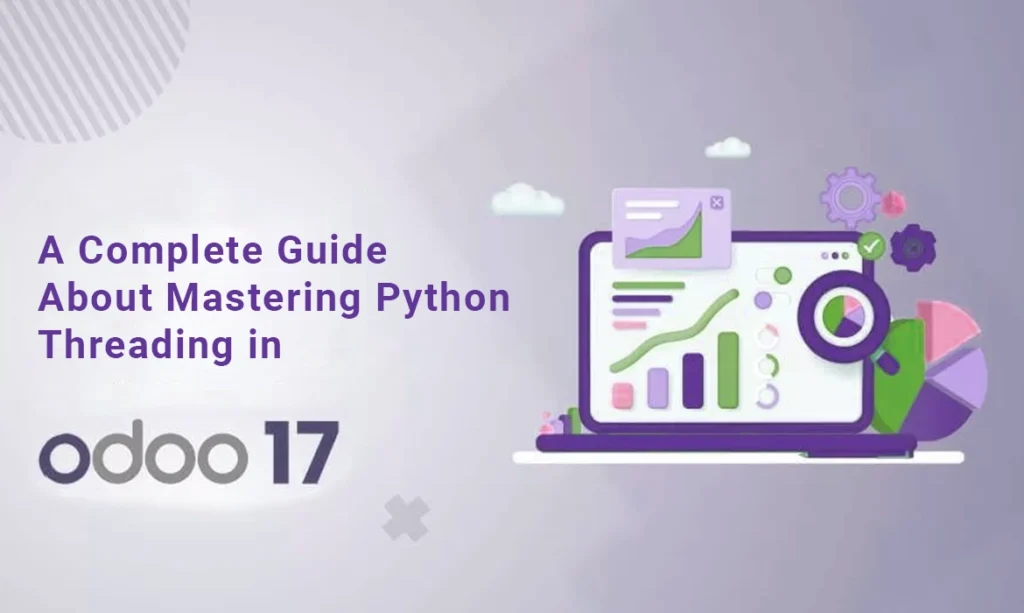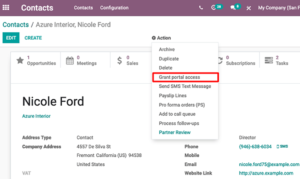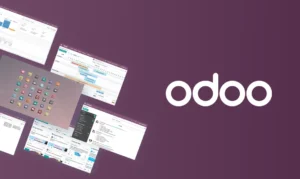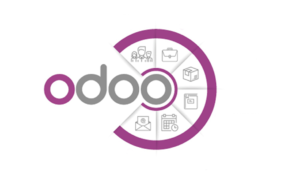Odoo is a completely open-source and freely available ERP system that has gotten a lot of fame for its resourcefulness and resilience in handling various business processes. The most useful feature of Odoo 17 is its proficiency to manage various operations, making it a lot simpler for organisations to run different tasks at the same time. This is mainly beneficial in cases where both performance and productivity are dominant.
Python threading is a very crucial skill for all those developers who are working with Odoo, as it lets them develop applications that can easily perform various processes simultaneously without negotiating performance. In this guide, we will check out how to implement Python threading specifically in Odoo 17 and also talk about its advantages. We’ll also check how using scalable Odoo Hosting Solutions from well-known service providers like Infinitive Host, which provides the best Odoo server solutions, can boost the performance of your Odoo-based applications.
Understanding Python Threading

Before deeply diving into the process implementation, it is necessary to know what threading in reality is. Threading is a concept of programming that lets numerous threads run instantly under a single procedure. Every single thread can implement tasks individually, resulting in enhanced productivity and responsiveness in all applications.
Threading can be very helpful in Odoo, for implementing enduring procedures, like developing reports or sharing datasets, without blocking the key application. This makes sure that users can remain related to the application while the tasks in the background run without any interruption.
Advantages of Using Threading in Odoo
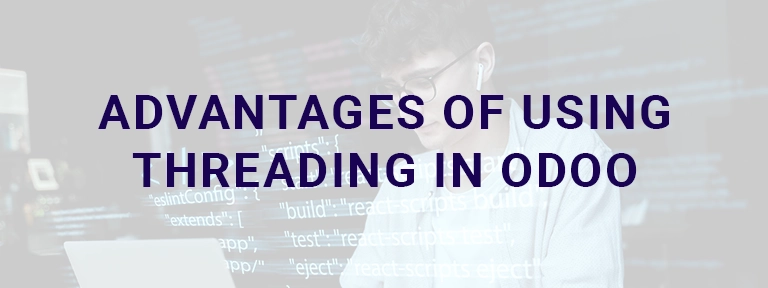
Enhanced Performance
By applying threading, Odoo can manage numerous tasks at a single time, enhancing complete responsiveness and performance.
Better Resource Usage
Threading lets you make proper utilisation of easily accessible system resources, decreasing the time needed to accomplish tasks.
Improved User Experience
Users can remain working in the Odoo without being disrupted by long-term activities, resulting in a seamless user experience.
Scalability
Threading helps all Odoo-based applications to level up properly by letting numerous processes be performed at the same time, which is very important as business needs increase.
How to Implement Python Threading in Odoo 17

Step 1: Set Up Your Odoo Environment
Before implementing threading, make sure that you have a correctly arranged Odoo environment. This consists of having Odoo 17 on your server and an appropriate web hosting service. Infinitive Host offers powerful Odoo hosting solutions that are enhanced for high performance and scalability.
Step 2: Import the Needed Libraries
In your Odoo module, begin by importing all crucial libraries for the threading process:
import threading
from odoo import models, api
Step 3: Create a Thread Function
Describe a specific function that will implement the task you need to perform in a distinct thread. For instance, you might need to develop a function that produces reports or procedure information:
def long_running_task(self):
import time
time.sleep(10)
# Add your task logic here
return True
Step 4: Create a Method to Start the Thread
Now, create a specific method in your Odoo module that will help you to begin the thread. Utilise the class named threading.Thread to create and begin a fresh thread that helps you to run your long-term task:
class MyModel(models.Model):
_name = 'my.model'
@api.multi
def start_long_running_task(self):
thread = threading.Thread(target=self.long_running_task)
thread.start()
Step 5: Manage Thread Completion
You might want to manage thread completion to alert users when the task is done. You can utilise threading processes or shared variables to handle all this, but for ease, we’ll exclude this in this instance.
Step 6: Test Your Implementation
Once you have successfully implemented threading, then it’s time to test your Odoo-based application to make sure that it works as predicted. Monitor performance all the time and user experience at the time of long-term tasks to check out that threading improves the responsiveness of the application.
Best Practices for Using Threading in Odoo

Data Integrity
Be very careful when using shared data among all threads to prevent corruption of data. Utilise locks or other concurrent mechanisms if needed.
Use Thread Pools
If you want to handle a plethora of synchronous tasks, remember to utilise thread pools to handle the threads more productively.
Restrict Thread Count
Try not to create a lot of threads at the same time, as this can result in resource contention and reduced performance.
Error Handling
Apply proper error handling inside your threads to guarantee that failures do not impact the complete application.
Conclusion
Implementing Python threading in Odoo 17 can now boost the performance and enhance the user experience of your Odoo applications. By letting various tasks run synchronously, organisations can boost productivity and responsiveness, which is crucial for fulfilling clients needs.
At the time of utilising Odoo, it’s important to have an optimal hosting provider. Infinitive Host provides powerful Odoo server solutions that guarantee high performance and a 99.9% uptime guarantee, making it an ideal option for organisations opting to implement cutting-edge features such as threading.
By obeying all the above-mentioned steps, you can easily implement Python threading in your Odoo 17 applications and access the advantages that it provides. As your business continues to rise, threading will help you to manage heavy workloads and uphold an unmatched user experience.


